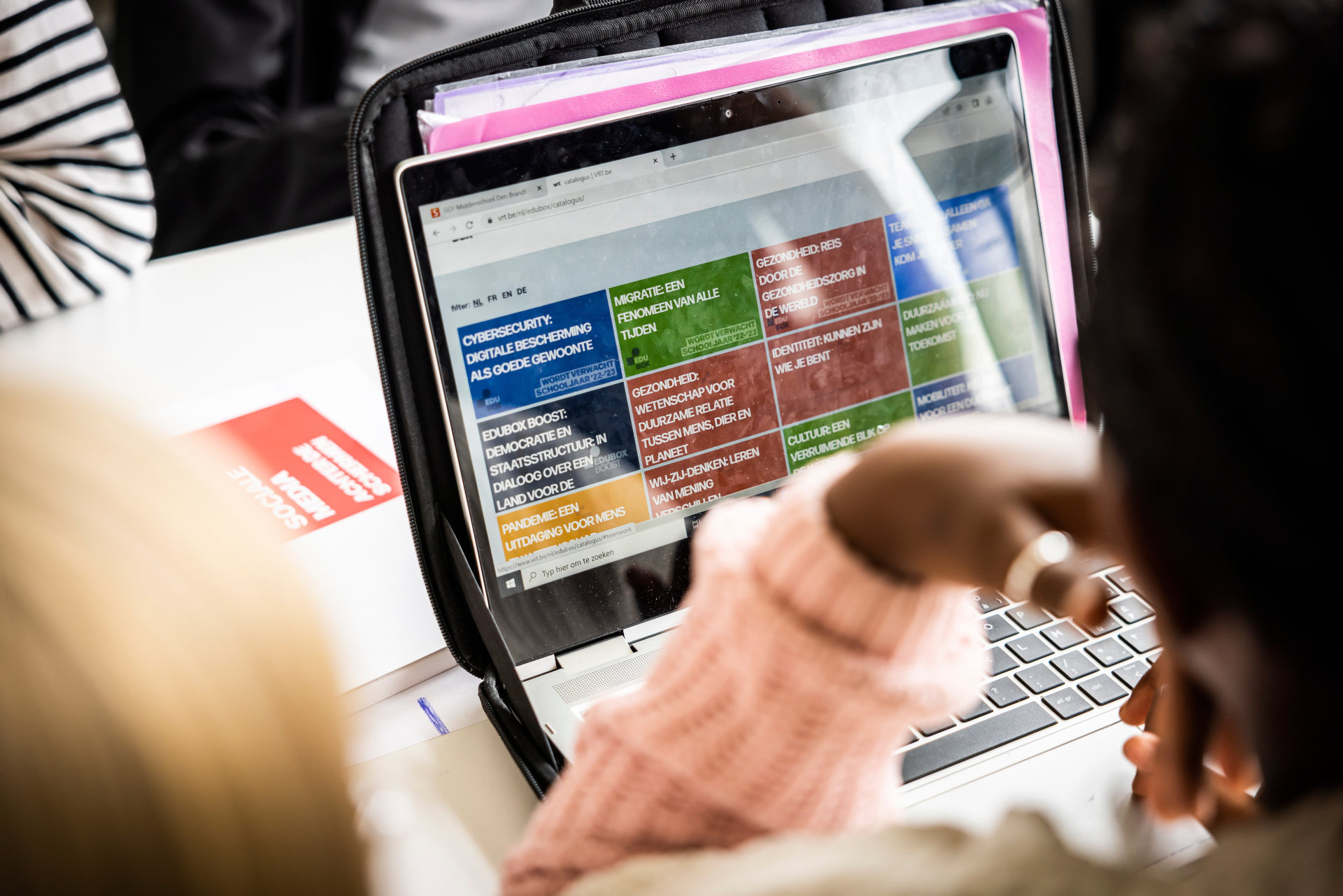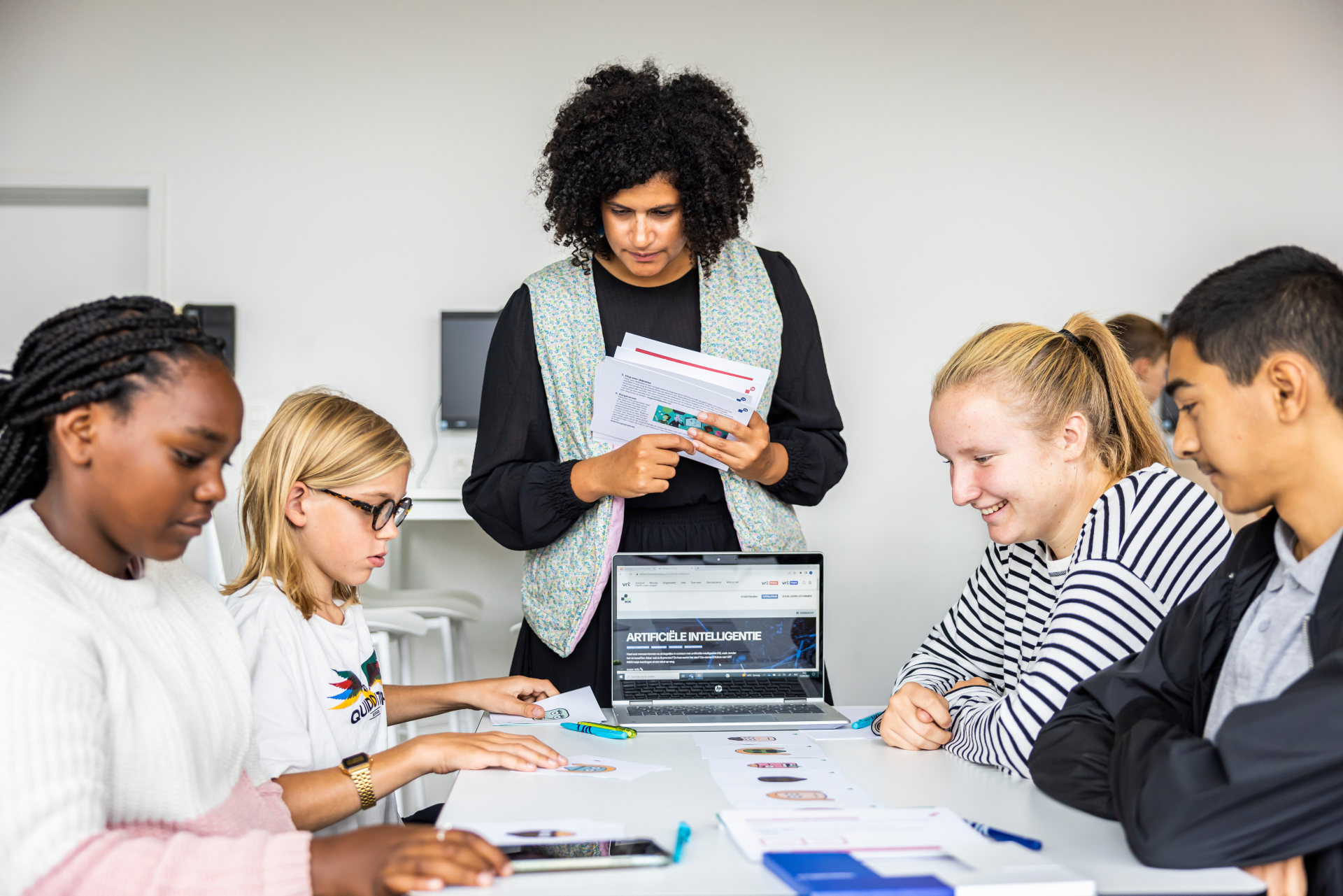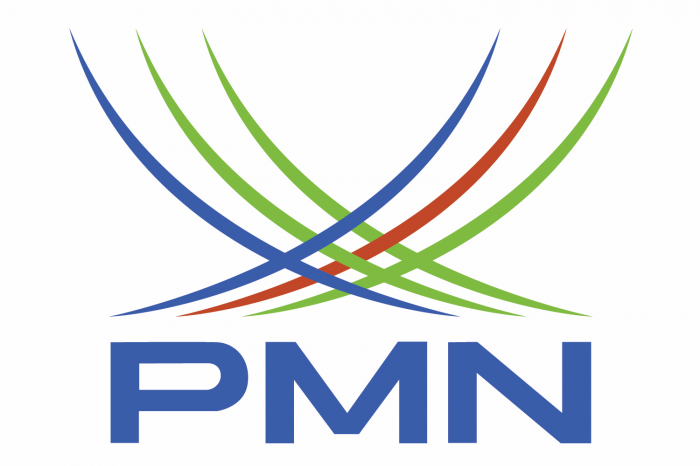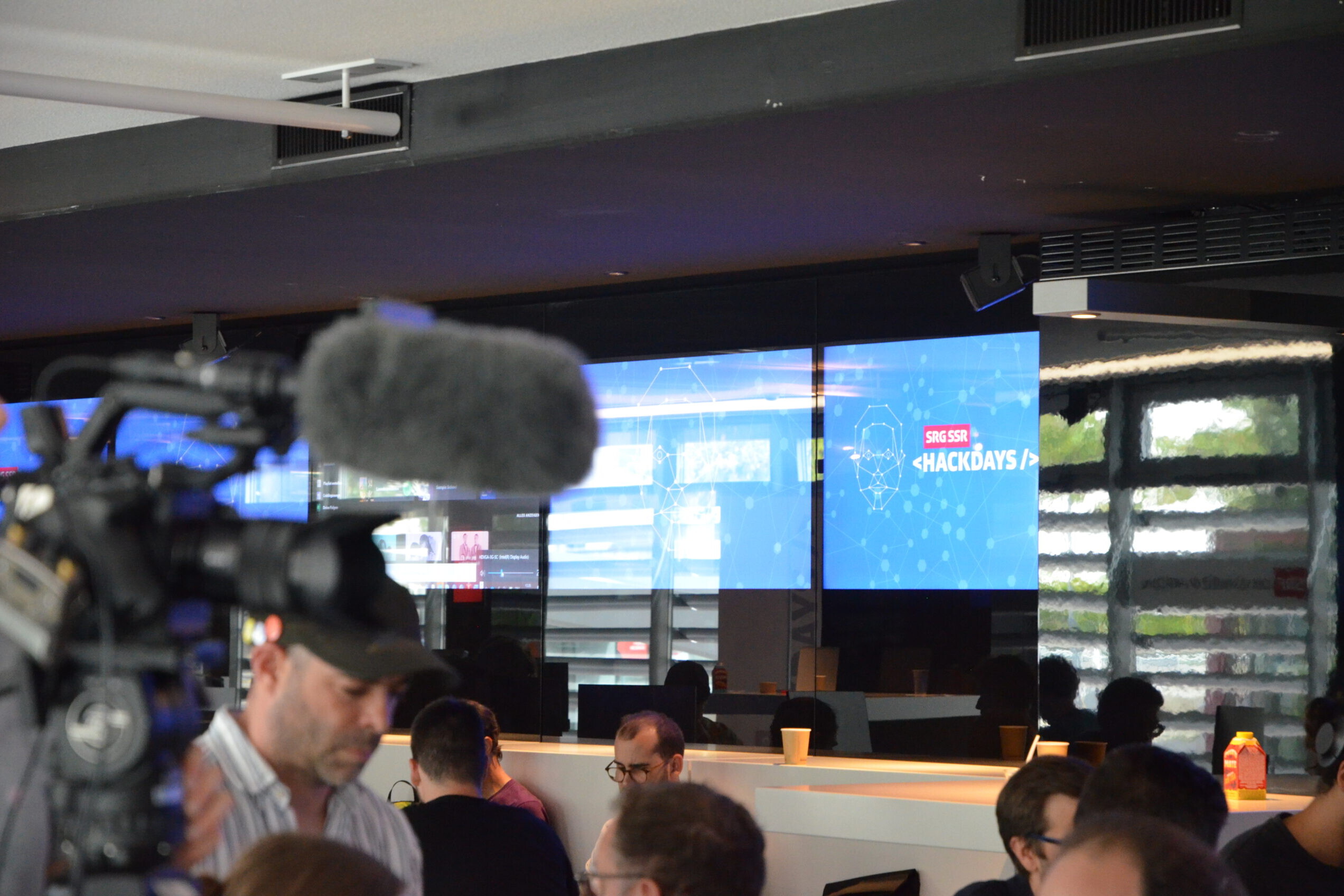PSM INNOVATIONS
VRT’S EDUbox, “a programme, not for television or radio, but for the classroom”
11th July 2023
EDUbox is an innovative educational concept that introduces young people to major topical societal concerns such as inclusion, polarisation, disinformation, culture, and social media.

EDUbox is a free learning resource created by the Flemish public broadcaster, VRT, to be used by secondary school students and teachers to explore intriguing subjects through interactive learning experiences, using audiovisual content.
It serves as a tool for teachers to achieve specific educational achievement goals and essential abilities. It also aligns with various secondary education attainment goals including critical thinking, media literacy, resilience, and respect.
“EDUbox is a ready-made package based on the theory of deep learning, that combines technology, didactics, and storytelling to create a fun and educational learning experience,” said Tim Van Lier, Expert LearnTech at VRT.
It was designed to be used in a group setting, with a classroom in mind. Thus, it is effective at meeting the needs of different students as EDUbox possesses a wide range of learning styles.
Read more: “Your VRT”: a new way of engaging with audiences (Insight)
It combines illustration, text, video and applications with class reflection and group work and comes with a teacher’s manual that offers additional guidance. Supervised by the teacher and then guided by a variety of learning components, students learn and discuss current issues that range from fake news to artificial intelligence, social media, health, sustainability, and finances, to migration and cybersecurity.
“We focus on the world of young people and explain why a certain topic matters. It is key that you grasp their attention from the beginning. We also introduce a conflict or challenge that they need to understand, based on storytelling techniques,” Mr Van Lier, told PMA.
EDUbox was introduced as an internal start-up in October 2018, following a project at VRT’s inhouse accelerator VRT Sandbox. Mr Van Lier said that the EDUbox was launched to help students learn collaboratively via accessible and engaging exercises with each box aiming to engage students through different storytelling techniques.
“We believe that VRT and public service media in general can play an important role in education by leveraging the power of storytelling. Therefore, our ambition was to create a program, not for television or radio, but for the classroom,” said Mr Van Lier.

VRT’s EDUbox has been a success and continues to be in high demand. Mr. Van Lier said that VRT has been asked to make the EDUbox available to other ages, primary school and adults. Meanwhile, teachers said they value the high quality that comes with EDUboxes. Each EDUbox uses learning patterns that consists of 5 chapters also knows as the 5 C’s:
- CONNECT: Here in the first chapter the topic is introduced, and tension is created by posing a challenge or conflict.
- CONCEPT: Next step is the presentation of new concepts that serve as the building blocks to the next exercise.
- CONCRETE: Seen as the climax of the story, here the students practice applying what they’ve learnt in the previous 2 chapters
- CONCLUSION: The EDUbox comes to an end and the story is resolved. This can be a summary or a reflective moment.
- CONTINUE: Lastly, more materials are then offered for the students to pursue in their own time.
These learning patterns, along with the specific media created for each EDUbox, using different video formats such as explainers, reporting and interactive video, links to actual events and current affairs which are often hosted by a journalist and other scientists; “all these elements make the EDUbox unique,” said Mr. Van Lier.
This uniqueness has caused the launch of the European EDUmake project with partnerships from Croatia and The Netherlands, who have developed their own adaptations of existing EDUboxes and modified them to suit local audiences aged 12 to 18. The University of Croatia has developed its own Croatian EDUbox on Culture, whereas NPO has focused on a Dutch EDUbox on AI.
This European EDUmake project partnership goes further. In preparation for the European elections in 2024, partners will create a dedicated EDUbox focused on European policy. “This EDUbox ‘From idea to policy’ aims to give youngsters insight into how decisions are made. Which steps exist to get from an idea to policy? By asking youngsters about what concerns them and which ideas they have for the future, EDUbox teaches them how these ideas can come about through politics,” said Mr. Van Lier.
VRT’s EDUbox is an innovative concept that helps merge the worlds of education and media to better engage and inform the audience.
“It is important to keep innovating and education can serve as a fruitful living lab. By using our strength as storytellers within the context of education, we can fill in a gap in our current curriculum and provide teachers and students with more local, trusted and quality content,” said Mr Van Lier.
As public service media, VRT has a responsibility to engage with young people and be present where they are. The EDUbox fulfils this purpose by introducing experts, content, and brands to these target audiences.
“We believe that VRT and public service media in general can play an important role in education by leveraging the power of storytelling. Therefore, our ambition was to create a program, not for television or radio, but for the classroom” – Tim Van Lier, Expert LearnTech at VRT.
EDUbox is now looking for other organisations that want to adapt the box to their own context, in the run-up to the elections. There are different formulas available for how to use the content. You can find more information here.
Over to you...
Does your public media organisation have an innovation that you’d like to share?
Let us know by emailing us at editor@publicmediaalliance.org
Related Posts
27th June 2023
“More than a tool”: RTVE uses AI tech to cover local elections
RTVE is revolutionising its approach to…
30th May 2023
Pacific Media Network introduces menopause and menstrual leave
The Pacific Media Network has…



